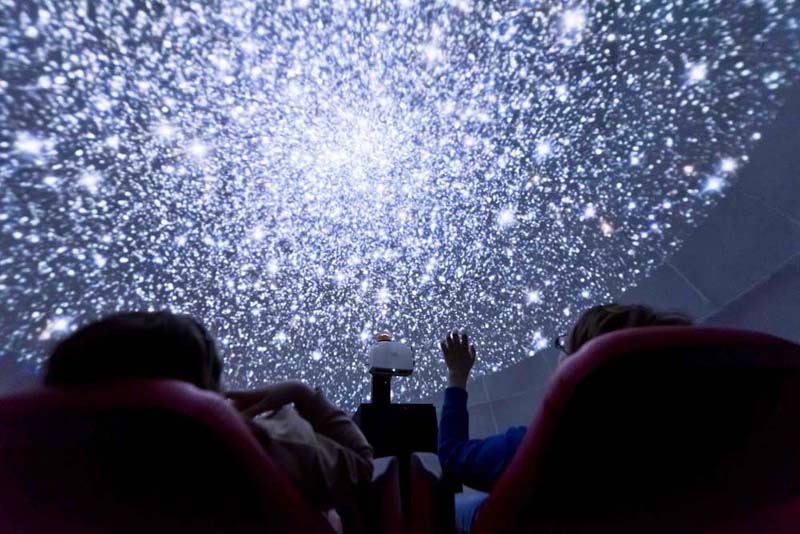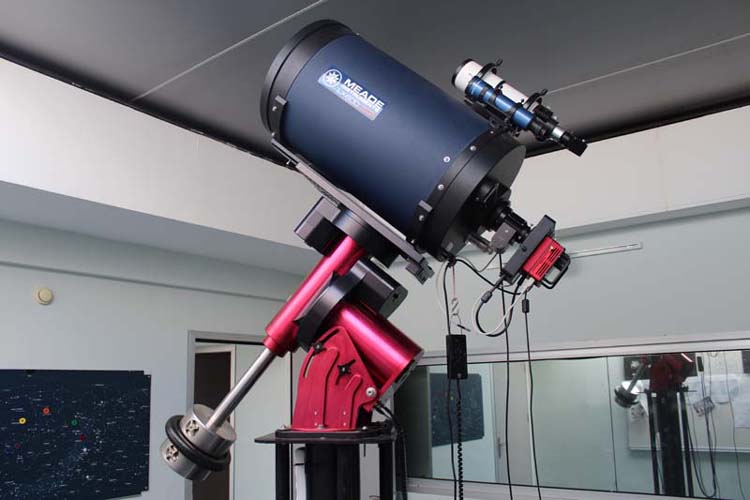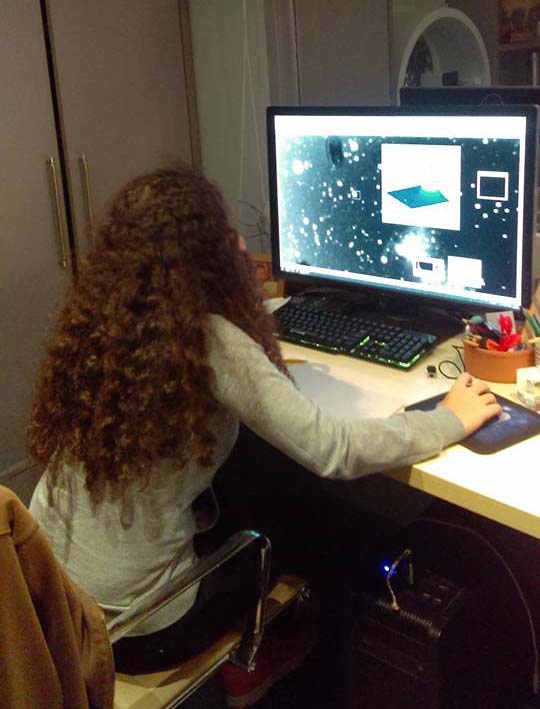ISTEK BELDE SCHOOLS SCIENCE CENTER
ISTEK Foundation empowers modern and resourceful generations of students along the lines of Ataturk's principles and philosophies. Our foundation, founded by Bedrettin Dalan in 1985, has extended education from Kindergarten to University with 11 Primary Schools, 10 High Schools, 7 Science High Schools and Yeditepe University.
ISTEK Foundation Belde Schools Science Center is a public science outreach project of the ISTEK Foundation. The Science Center comprises of a museum of astronomy, a digital planetarium and an observatory.
THE MUSEUM
The Astronomy Museum is the first of its kind in Turkey. The museum comprises of a replica of the Lion Horoscope from Mt. Nemrut, a rich collection of meteorites, including metallic, chondrite, pallasite and tektite samples; scaled models of the Sun, planets, constellations and various astronomical objects; and interactive displays on large scale structure and life in the universe.
.jpg)
THE PLANETARIUM
The planetarium is located above the museum. The 11 meter metal dome structure seats 50 under a 9 meter spherical screen. The fully digital system uses Starry Night and Layered Earth software enlivened by a state of the art sound system.

THE OBSERVATORY
Located on the roof overlooking the Bosphorus the observatory houses two separate instruments for stellar, planetary and solar research.
The main telescope is a 40 cm Schmidt-Cassegrain catadioptric system. The telescope is mounted on a Software Bisque robotic mount and it can be controlled remotely.

Current projects are:
1. Contribution to the JUNO project: ISTEK Belde Observatory is a member of a chain of small observatories keeping Jupiter under continuous surveillance. A high speed video camera and a filter system enables high resolution imaging of the planet at different colors. The data is processed and science frames are transferred to Jet Propulsion Laboratory for further investigation. The displacement of cloud formations reveal wind velocities at various latitudes.
2. Lunar Impacts: During crescent phase the dark areas of the Moon is video recorded for potential impacts. In case of an impact, high resolution imagery of the NASA's Lunar Reconnaissance Orbiter will be used to control the impact site and crater dimensions and telemetry. It is hoped that based on the brightness of the flash and crater data the energy and the nature of the incoming impactor can be estimated.
3. Stellar Photometry: Using classical photometric methods light variations of long period-high amplitude stars are being monitored.

4. Solar Imaging: Using a 15 cm Hydrogen alpha Solar telescope and a 10 cm f/10 classical refractor armed with a Herschell wedge and a neutral density filter, Solar phenomena is monitored. Sunspots, occasional flares and solar granulations are imaged.



